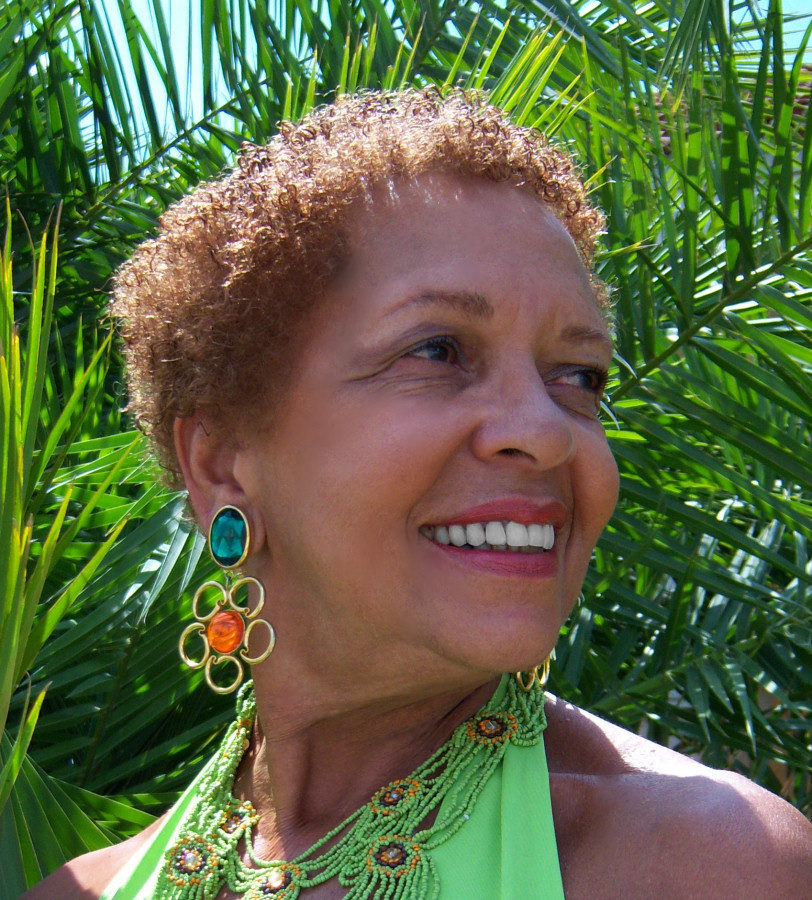Beautillion
He stepped onto the ballroom floor, tuxedo clad, and flanked by his parents, as the room burst into applause. He pivoted right, and lowered his head, as his father placed a kente cloth around his neck. Now garbed with the cloth of his African ancestors, he pivoted left, and with a courtly gesture, he bent to kiss his mother’s hand. Regally, the family strode across the ballroom floor. One by one ten other young men repeated the same entrance. Thus began the ceremony ushering them into manhood.
It was time for the belles to make their grand entrance. Formally gowned in white, the young ladies entered stage left. Each taking the arm of her beau, they were escorted to their places at the two long head tables. Everyone settled down to a fine buffet dinner. I beamed with pride at having been invited as a guest to this gala event. Until last week, I had never heard of a boutillion, nor had any of my Black friends in my age group.
Pageantry continued as the girls took the floor in a gracefully choreographed dance with a hint of flirtatiousness. Next, one of the dads, in full military dress, led a group of the boys in a marching drill, emphasizing the qualities of patriotism, precision and discipline. There was a group dance with the beaux and their dates, and lastly each young gentleman honored his mother with a dance.
Each young man was honored for his particular achievement: a 4.0 grade point average, captain of a spurts team, academic mentoring, leadership in student government. Three of the participants received college scholarships. No one was left out of the praise that filled the air.
This night triggered a memory transporting me back decades ago to my own cotillion. The pomp and circumstance was very similar, but in those days, it was only for girls. Back then, the races did very little social mixing in our country. America’s upper class held cotillions introducing their young ladies into high society. Through churches, fraternal organizations, and clubs, middle class Blacks offered their young people social, and cultural support not provided by the majority population. We had our own cotillions at the Waldorf Astoria or the Essex House to acknowledge the value of our youth as we entered into adulthood.
In today’s climate Black boys are largely devaluated, and often feared. Sooner or later, every Black parent sits their boy child down to have the talk about how to safely behave if encountered or challenged by a White police officer. The beautillion offers an opportunity to pour self-esteem into these young men and to let them know, “We value you.”

written by Amy Bryant, Safety Harbor Resident Blogger
Author of “You Can Go Home Again“




